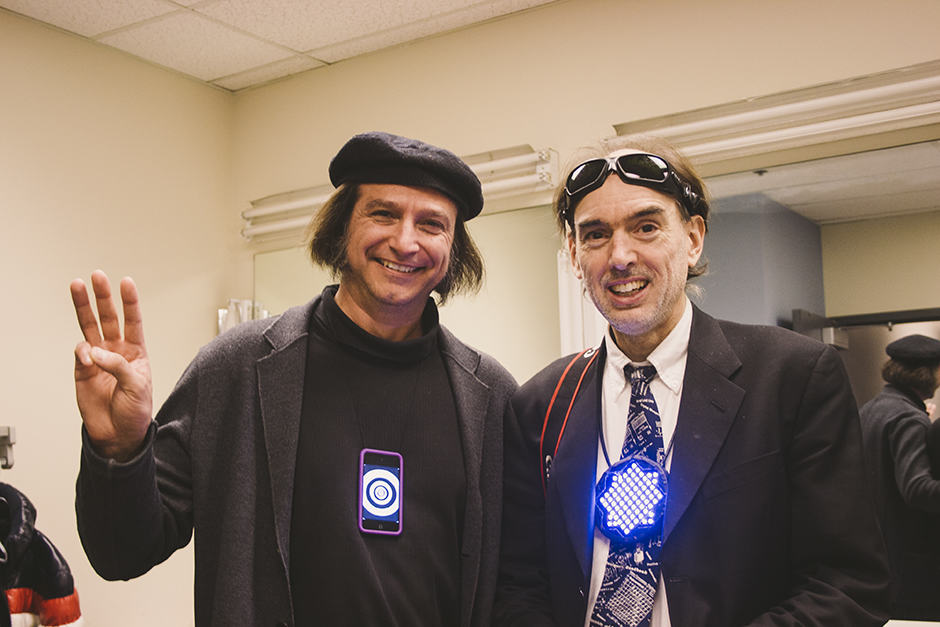“I like to create inventions,” says Dr. Steve Mann, a professor at the Department of Electrical and Computer Engineering at the University of Toronto, who is often dubbed ”the father of wearable computing” for his invention, the Digital Eye Glass, which he actively wears.
“What I’m really interested is inventrepreneurship — the combination of invention and entrepreneurship,” says Mann.
His interest in technology was initiated at the young age of four, as his grandfather showed him the ins and outs of welding. “I kind of got thinking that there must be a better way of seeing through the dark glass… everything almost completely black except the little speck of white light,” Mann says. “And then I kind of got interested in vision and seeing better,” he adds.
“I had this vision of a device that… back in the 1970s that would be a camera and a phone — a telephone, and a computer, sort of in one,” Mann says. Over the years, Mann has invented several devices that have resulted in him being featured on various media channels such as CNN and Time.
Google Glass, one of the best-known pieces of wearable technology, does not seem to hold much value in Mann’s eyes. “In some sense it is similar to the apparatus that I built in 1978 with the camera off to one side,” he says, adding, “There [are] a lot of problems with it — it is a design I abandoned back in the ’70s.” In his current Eyetap Digital Eye Glass, he says, “The eye is the camera.”
In his keynote address at the Future. Innovation. Technology. Creativity. (FITC) Wearables Conference in November, Mann described the contradiction inherent in our smart world. In a grocery store with signs indicating that the use of cell phones and cameras is prohibited, QR codes are present on products. “It’s sort of like, we can watch you, but you can’t watch us,” he says, “and there’s a word for that — it’s called hypocrisy.”
In an effort to dismiss and protest against the hypocrisy associated with the notion of surveillance, Mann created a camera with a fish-eye lens and sensors that are worn around the neck that measures how much the wearer is watched.
“Surveillance means watching from above… as police watches over a suspect, as a shopkeeper watches over shoppers, or as a government watches over citizens,” he says.
Mann’s response to surveillance is ‘sousveillance.’ He says, “‘Sousveillance’ is watching from below… [it] is what happens when cameras are attached to people — worn or carried or borne by people.”
Wearable technology can be thought of as a means of using technology to improve ourselves beyond our natural capabilities. “Smart technology [is] all around us and now we have this idea of smart people,” says Mann. He continues, “When you put the technology on people — it changes the world.”
Looking back, Mann says, “It’s been fun.” With the current trend a lot more students are interested in tapping into the world of wearable technology, and to those at U of T, Mann serves as an inspiration. He says, “I think my model for living is is the IEEE goal — the IEEE has a slogan, ‘advancing technology for humanity’ and that’s what I live by.”


